Japanese domestic market (JDM) vehicles have a cool factor. Whether it’s a JDM Toyota Land Cruiser, a Mitsubishi Delica Van, or something smaller like a Suzuki Jimny, JDM 4x4s can be a ton of fun and are unique and different.
However, it’s important to know what you’re getting yourself into before plopping down thousands of dollars to get one. Going into JDM vehicle ownership with your eyes wide open will save you lots of money and can avoid costly hassles.
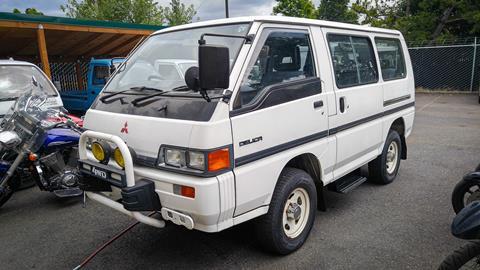
1. The 25 Year Rule Plus Registration
You can’t just import any rig from Japan. The vehicle must be at least 25 years old from the date of manufacture if it wasn’t ever sold on the U.S. market. (Canada has a similar law, but it’s 15 years). The 25-year rule is a federal statute, and it does not guarantee you’ll be able to register it in the state you live in; registration is handled by the individual states. Since registration differs from state to state, do your homework before plopping down big cash for a vehicle. Some states prohibit the registration of certain vehicles, such as the tiny kei vehicles from Japan. If you live in a locale with emissions testing or vehicle inspections, ensure your JDM ride will be compliant before buying.

2. 25-Year-Old Cars = More Maintenance
It’s important to remember that 25+ year old JDM vehicles require more maintenance and special parts compared to a modern North American vehicle. A funky JDM 4x4 can quickly become a money pit if you don’t learn to work on it yourself. You don’t need to learn to rebuild the engine on the side of the trail, but performing basic maintenance and simple repairs will save you lots of coin if you learn to do it yourself.
Be aware that not all mechanics will work on your Mazda Bongo van or Suzuki Carry truck―and there are times when you may need a mechanic’s help. Finding a good mechanic before you need more involved repairs is a good idea.

3. Shopping for a JDM and Knowing What’s In Store After Buying
JDM vehicles can be bought from a host of places. There are many importers across the US and Canada who will already have imported vehicles, and some can assist in registration. There are also private parties selling previously registered vehicles that can be easier to register. But unlike buying a car originally sold in the USA, JDM vehicles usually don’t usually offer things like a CARFAX. But there are things to look for when buying, however.

First and foremost, be aware of rust. Japan is an island nation with plenty of sea spray. Northern locales also salt the roads. These factors can contribute to significant amounts of rust. Many JDM vehicles from the 1990s and earlier can turn into rot boxes if they’re rusty, so, when possible, avoid rust like the plague.

Rubber and plastic parts on 25-year-old 4x4s can get brittle and hard. Things like ball joints, tie-rod ends, wiper blades, and bushings should often be replaced upon arrival. Plan to replace the belts, hoses, and fluids with any JDM vehicle unless the seller has already done so.
Also be aware of the tires; some can be old, dry-rotted, and unsafe to drive on. Set some budget aside for these things.
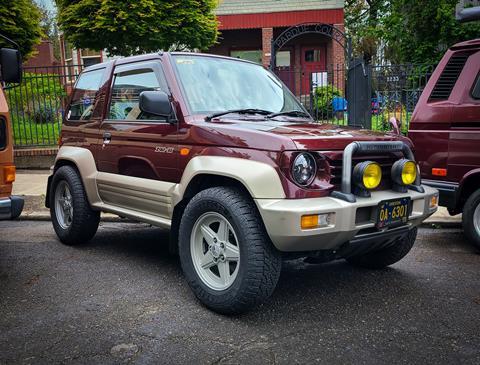
4. Insurance Is Important
So how do you insure your Nissan Patrol, Toyota Hiace, or Daihatsu Hijet? That depends. Check with your insurance agent to see if they’ll cover your car before you buy it. Some mainstream insurance companies won’t touch vehicles without a 17-digit VIN. Specialty insurance companies, such as Hagerty or Grundy, may cover them but with mileage or usage restrictions. However, they’ll often allow for an agreed-upon value. This means you tell them what it’s worth, and they’ll insure it.

5. Procuring Parts
One of the most frequently asked questions about JDM vehicle ownership is how to get parts. Some vehicles are easier to get parts for than others. But generally, there are steps you can take to procure parts fairly easily.
First, cross-referencing is a must. This requires having the original part number and comparing it against other parts. A great way to do this is taking your vehicle’s chassis code (remember: JDM vehicles often don’t use a 17-digit VIN) and inputting it into an international parts site such as partsouq.com, amayama.com, or megazip.net.
After you cross reference parts, you’ll be presented with exploded-view diagrams. Next, drill down to find the original part number of the item you need. Take that part number and then North American parts sites, such as NAPA, O’Reily, Rock Auto, Amazon, or eBay. Sometimes that part will cross-reference to an item sold domestically. For example, the thermostat for a 4D56 turbodiesel Mitsubishi engine is the same as many Mitsubishis sold here. Conversely, you can also buy directly from the international parts sites. The prices can be good, but you may need to pay a premium for shipping.
Note: International shipping can be very fast. I’ve received parts from The Philippines, the UK, and even Latvia in well under a week—far faster than I can send a letter across the U.S.! Some parts do require long wait times, however.
Many consumables, such as air, oil, and fuel filters can be bought domestically. Pro tip: Sites like oilfilter-crossreference.com can be excellent ways to find the right oil filters for your JDM vehicle once you have the vehicle’s original filter number.

6. Online Car Communities
Most JDM cars have cult followings somewhere in the world, and the communities surrounding many of them can be a great resource. Joining another country’s online group or forum for a specific model can be highly beneficial. The Mitsubishi Pajero and Toyota Land Cruiser, for example, are popular in Australia, and there are multiple Facebook groups in those countries. There are also usually U.S.-based Facebook groups for JDM vehicles, such as the MDOC: Mitsubishi Delica Owners Club (of which I run), which brings together nearly 8,000 users to discuss the ins and outs of Delica ownership. Remember forum sites are still around, too!
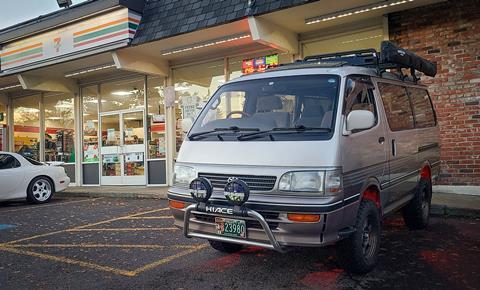
7. Not for Introverts
Having owned four JDM vehicles, I can tell you this: it isn’t for everyone, especially introverts. These vehicles get an incredible amount of attention wherever you stop. For example, every time we stop for fuel, we get inundated with questions. Where’d you get it? Did you import it? What’s it like to drive on the right side? Is that 4WD? Is it diesel? And the list goes on. If you don’t like attention, you won’t like owning a JDM vehicle.
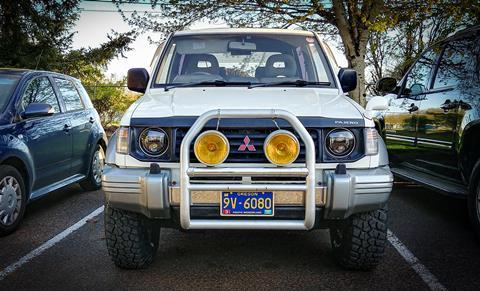
8. Life In the Slow Lane
Many JDM 4x4s are slower than their US counterparts, especially diesel variants. Japan’s speed limits are usually significantly lower than those in North America, and some vehicles aren’t geared to cruise at 80 MPH.
Think about how you intend to use your JDM 4x4. A 660cc Suzuki Jimny isn’t going to be great on the interstate, for example, but can be great on trails. Our 1991 and 1992 Mitsubishi Pajeros, for example, will cruise all day at 65 MPH. However, their acceleration is still pokey compared to a modern gasoline-powered truck or SUV. But life in the slow lane isn’t so bad. It reduces wear and tear and saves fuel, too.

9. Know Before You Buy
In the end, owning any JDM vehicle can be a ton of fun. Just understand you’re buying an older vehicle that’s often equipped with harder-to-find parts, and (sometimes) won’t go as fast as something sold on the North American market. But the quirky nature, unique options, and gobs of character these vehicles can have can make them a total blas



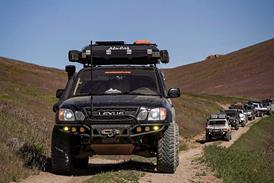




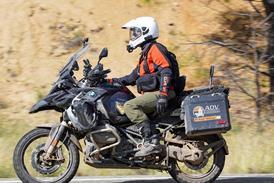












No comments yet